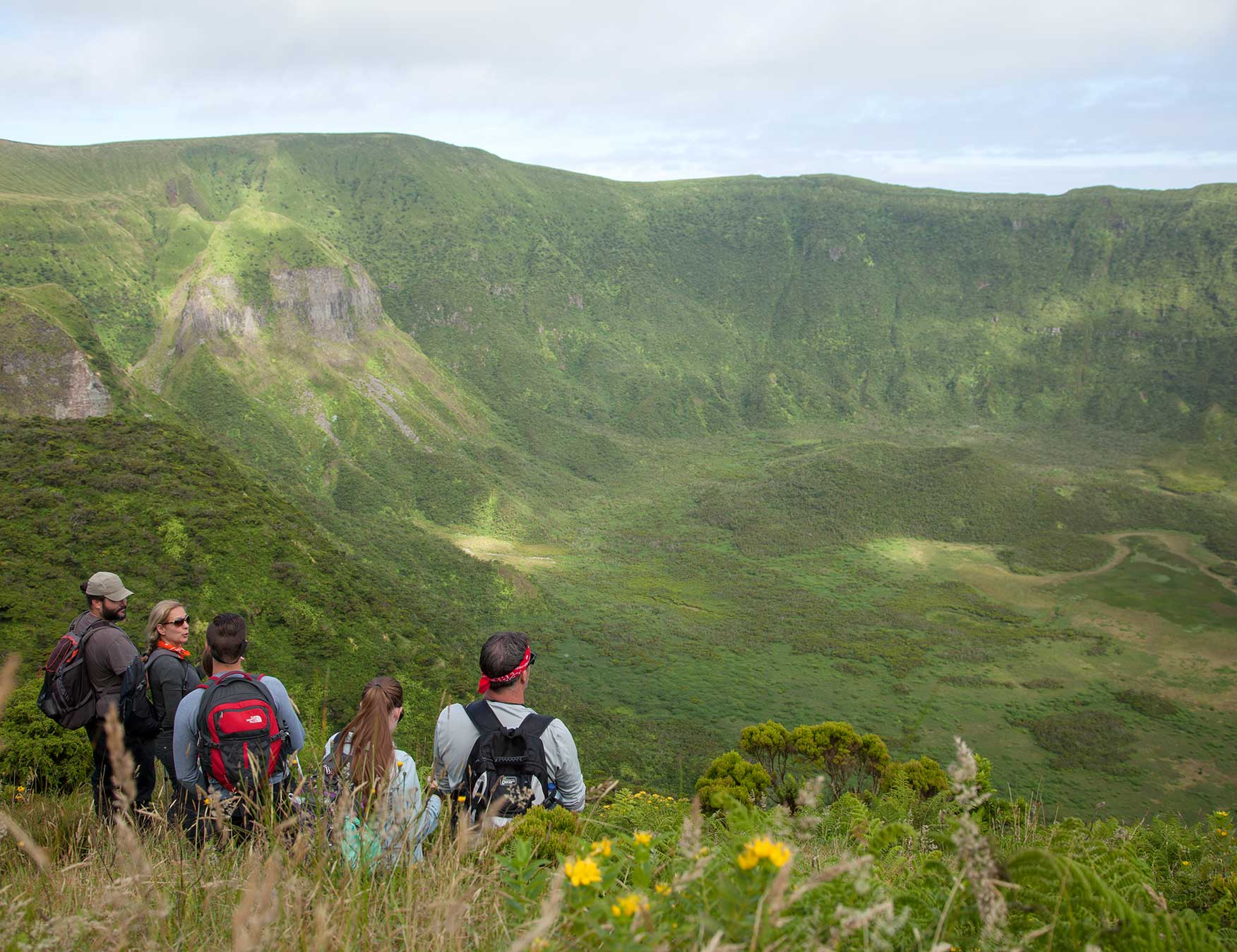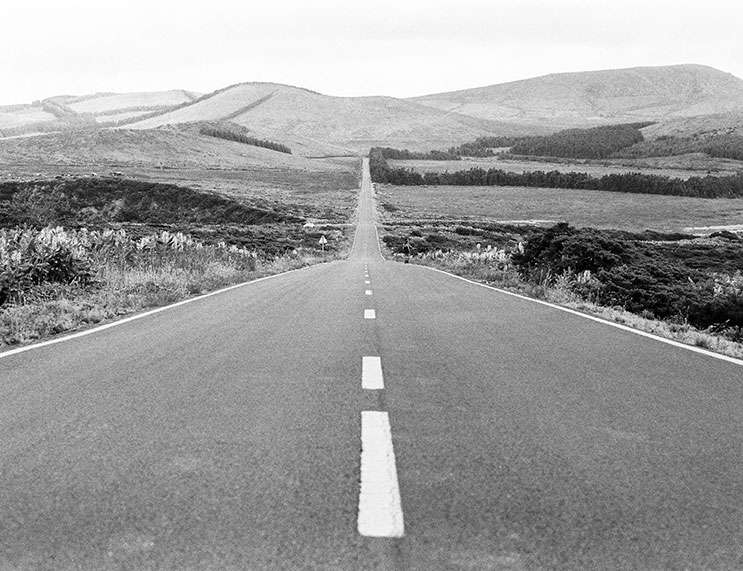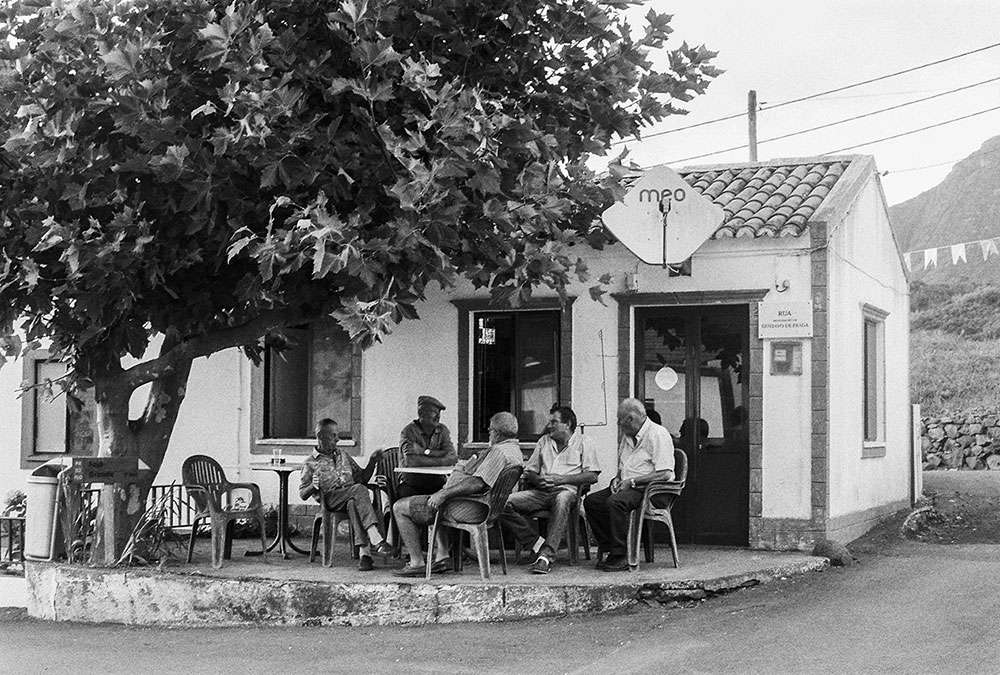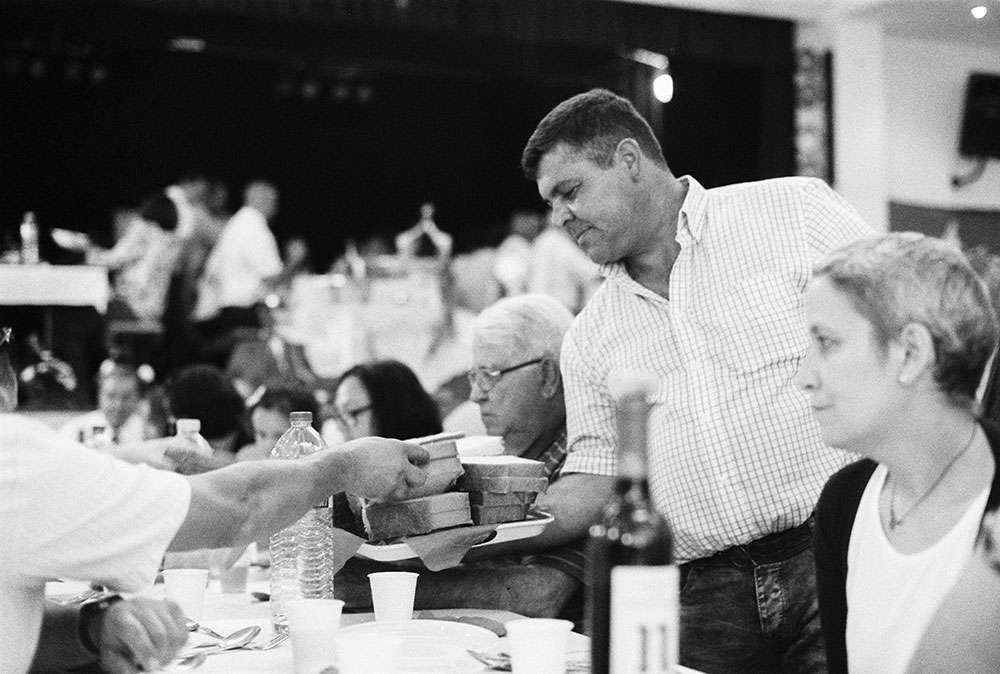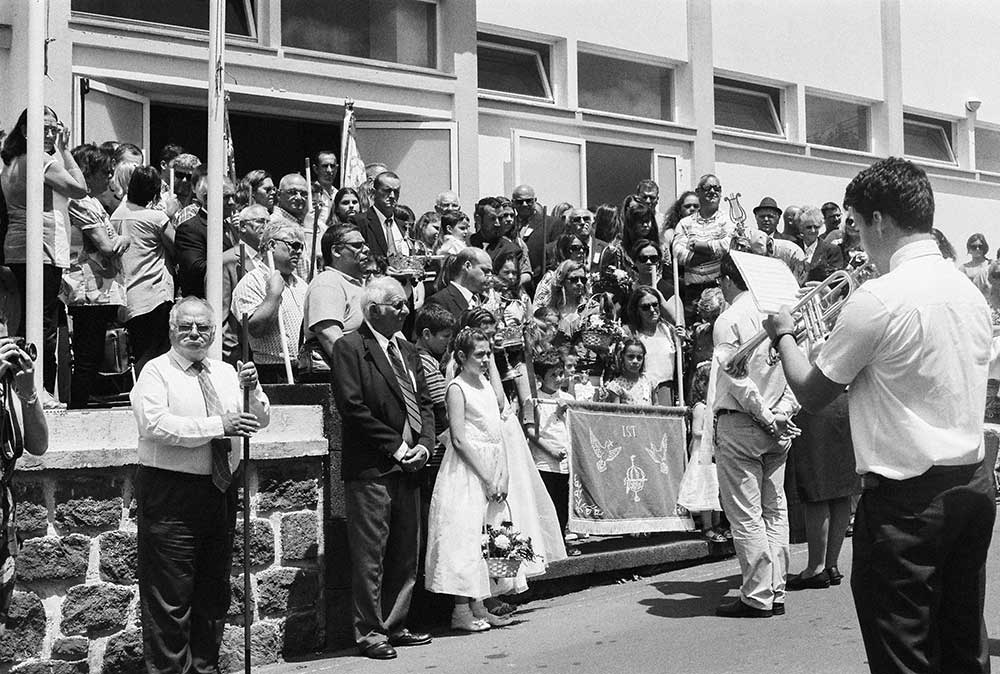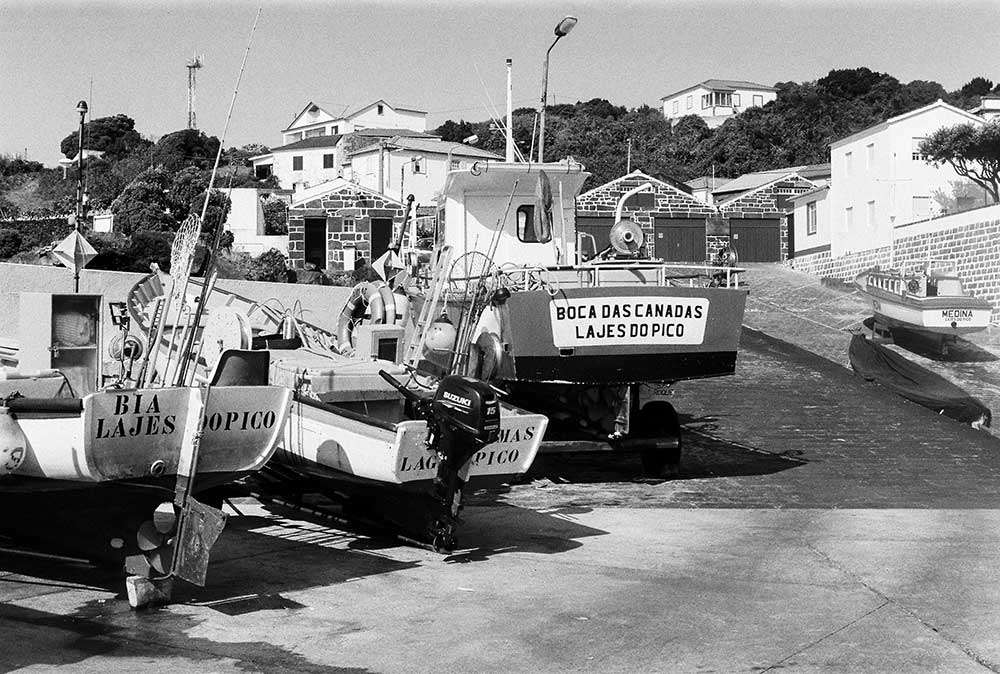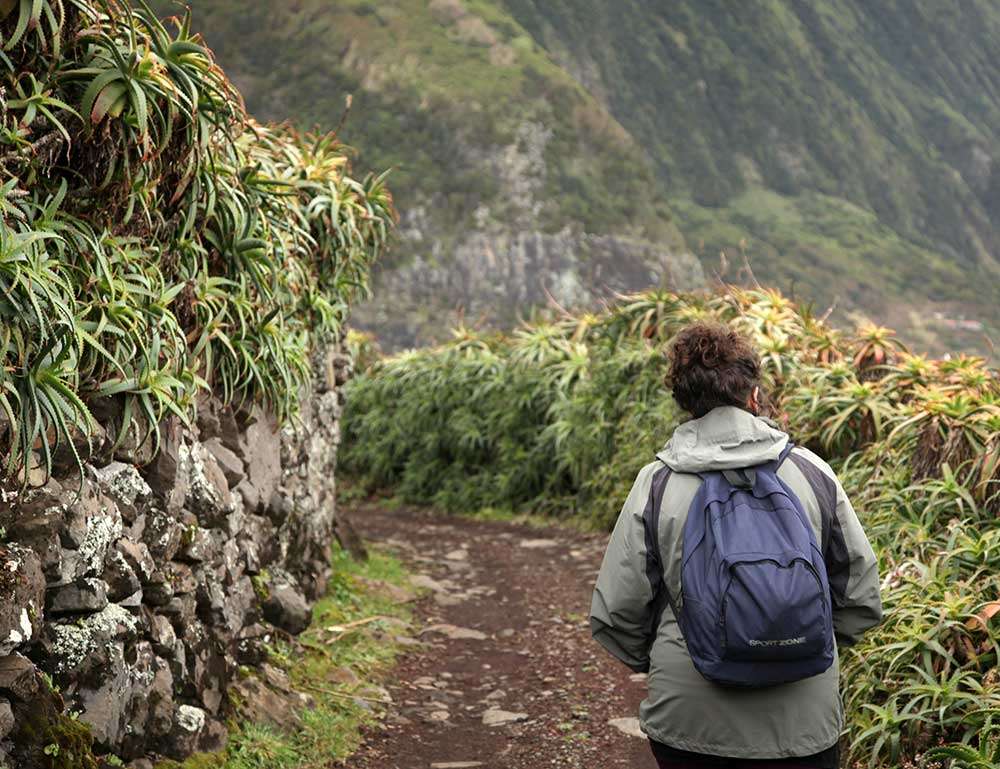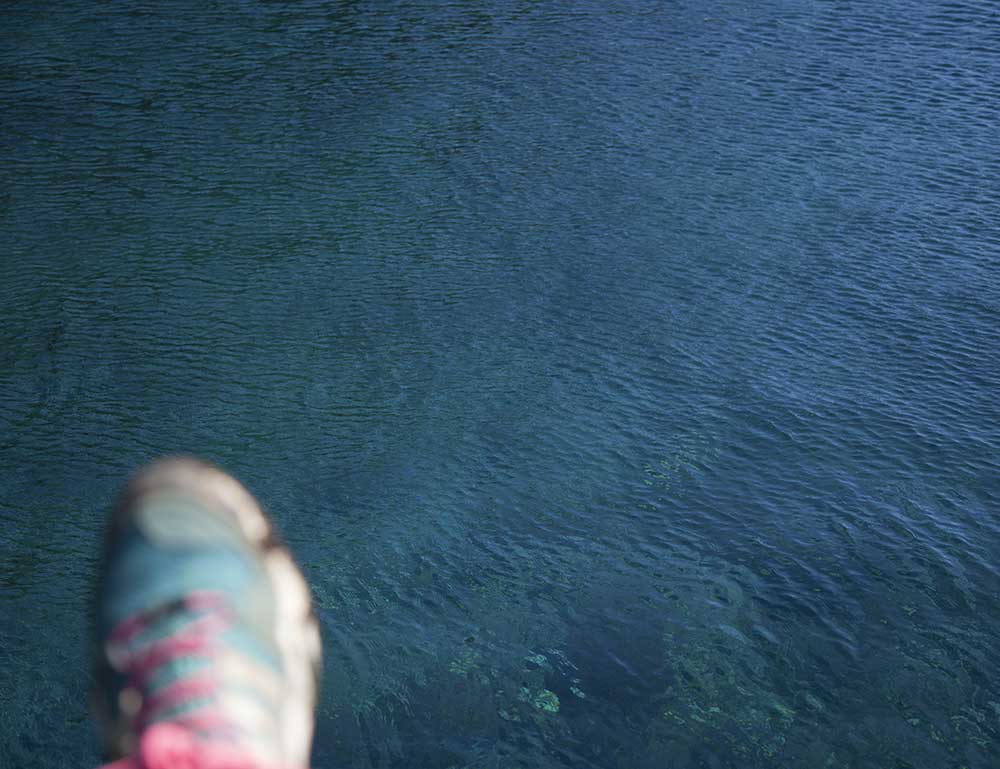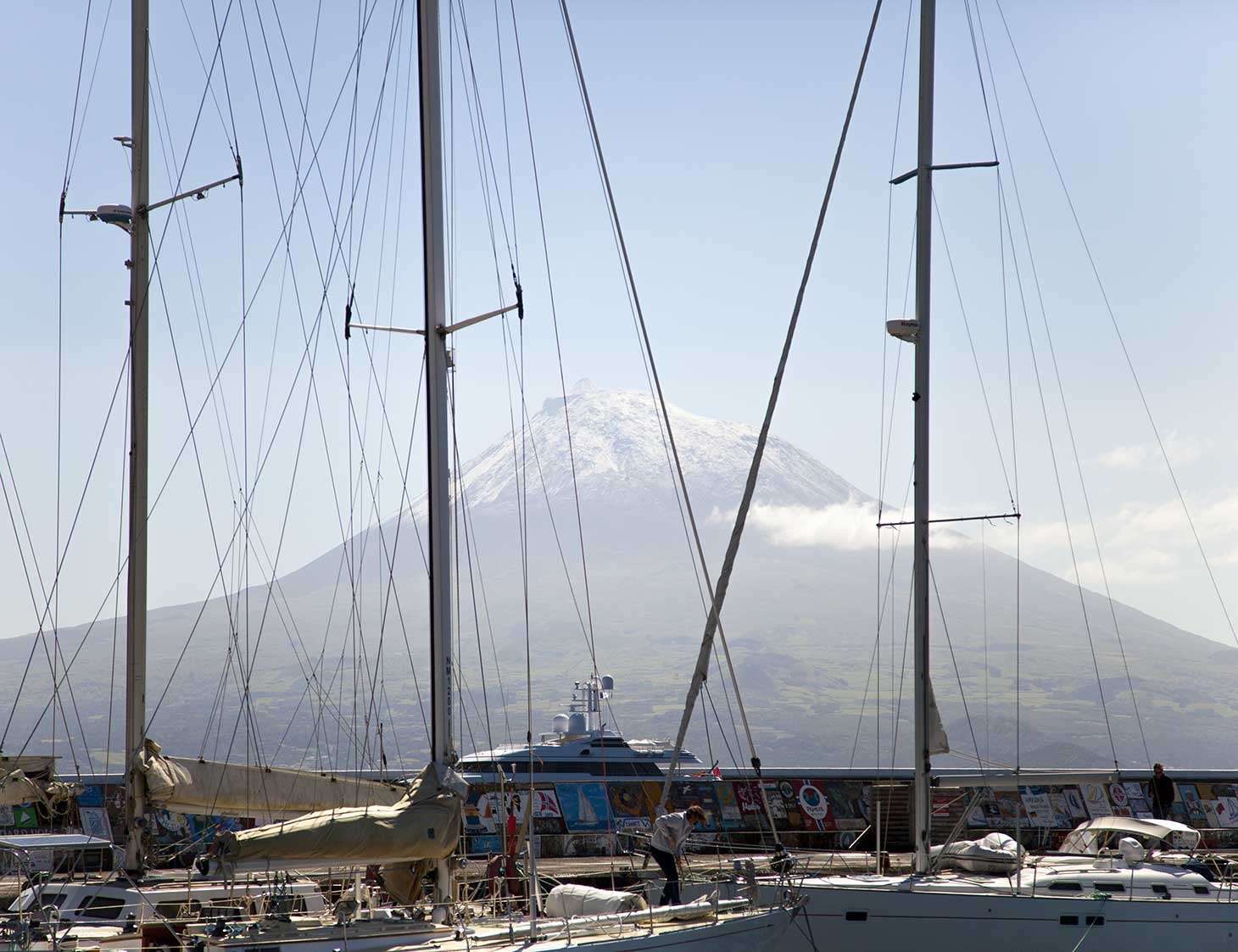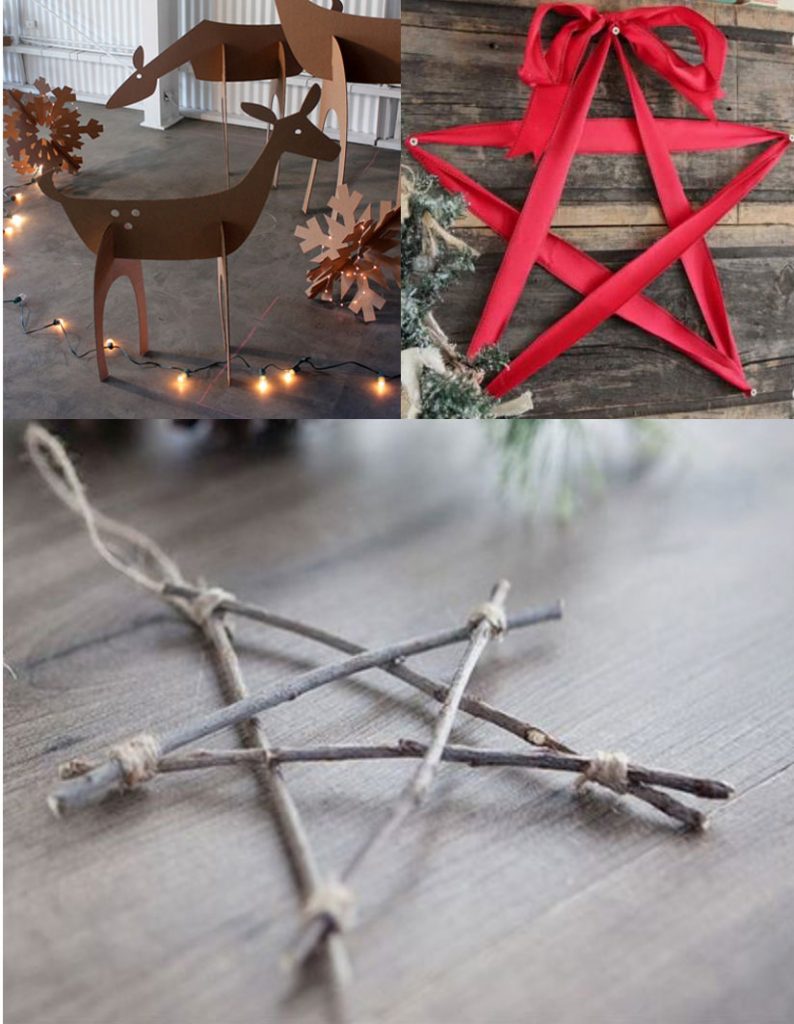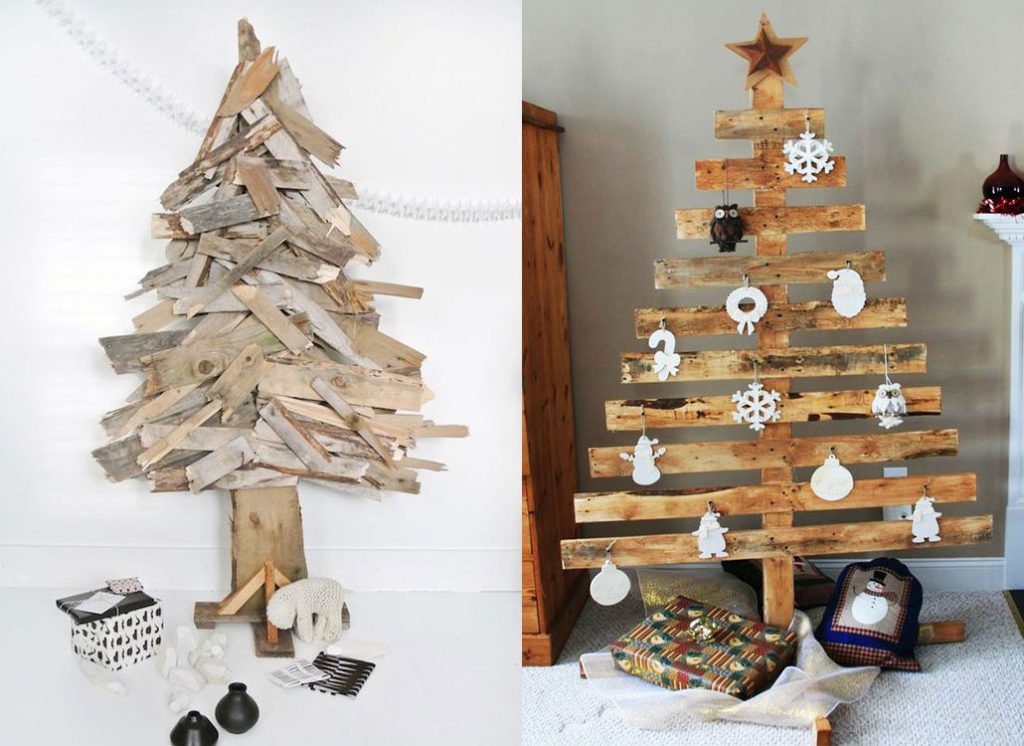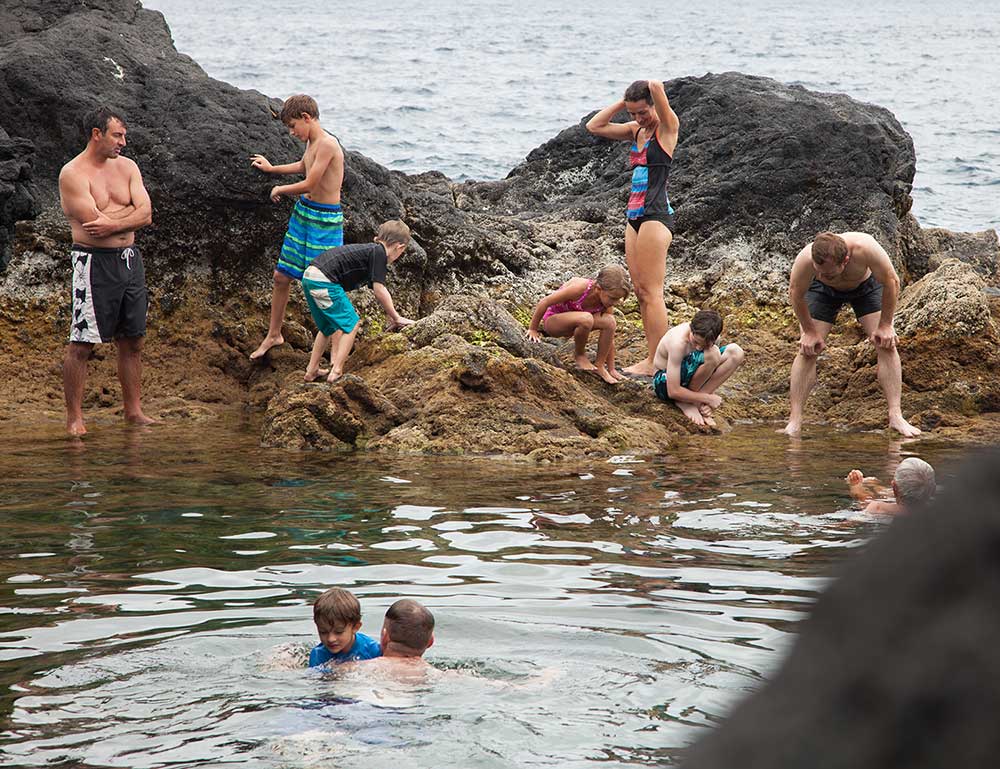Our island established a partnership with the Azores Geopark (site). Our goal is to develop environmental education and geological landscape conservation. Geologically, the Azores are nine volcanic islands, whose formation was originated by different types of eruptive activity and, therefore, have a variety of volcanic landscapes. It is extraordinary to be able to read the landscape and understand how the islands emerged from the depths of the planet; by observing the rocks and landscape we can tell if certain volcanic eruption was catastrophically explosive or extremely slow and effusive. In some volcanic landscapes, the feeling is as if we entered a time machine, as we come to understand what happened millions, thousands, hundreds, or tens of years ago.
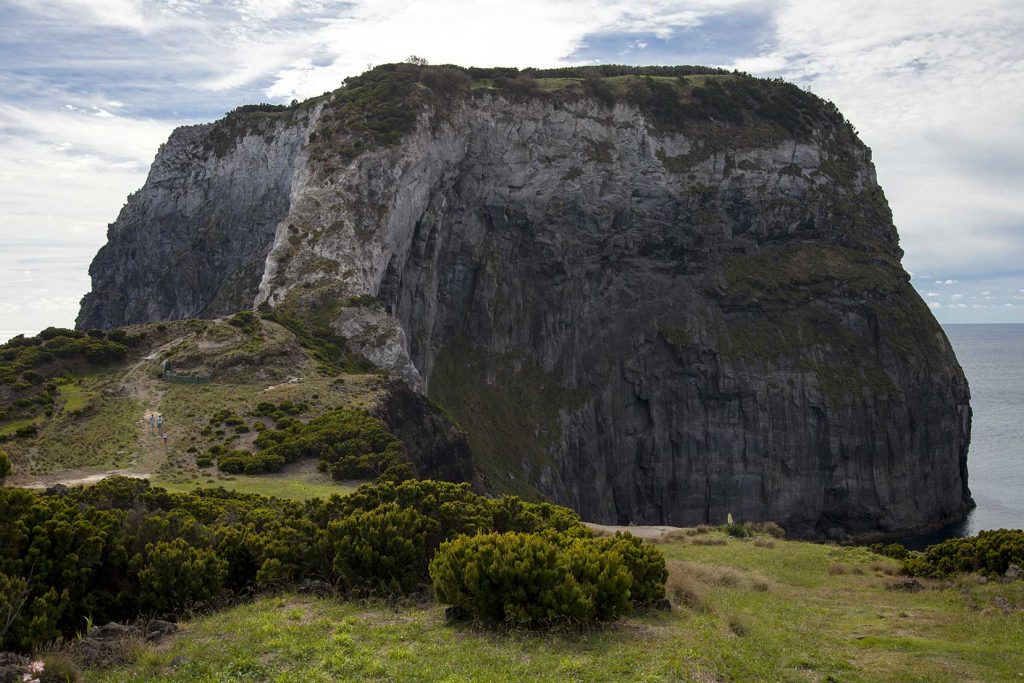
The Natural Monument Gruta das Torres, on Pico island, a volcanic cavity that owes its origin to basaltic pahoehoe lava flows, is the largest lava tunnel known in the region, with about 5150 m in total length and a maximum height 15 m.
The Natural Reserve of Pico Mountain, the highest mountain of Portugal and the third highest in the North Atlantic, is an impressive stratovolcano, which exercises its dominion over the landscape of the island of Pico.
The Natural Reserve of Faial Caldeira, once, it was also a stratovolcano very similar to what the Pico Mountain is today, but about 16,000 years ago the volcanic cone started to collapse.
A process that came associated with an explosive volcanism, creating the geological depression we know today at Faial Caldeira, offering a set of natural habitats that represent 65% of Azorean endemic flora.
The Natural Reserve of Morro de Castelo Branco, a traquitic dome that forms a peninsula on the south coast of Faial, is also one of the most unique Geosite in the Azores. This is an important site for seabirds nesting and, therefore, a great place to experience the night singing of Shearwaters.
The Partial Natural Reserve of Lagoa da Fajã da Caldeira de Santo Cristo, in São Jorge island, is a wetland of high biodiversity, whose formation is linked to the origin of the fajã, which occurred due to a massive landslide after an earthquake in the 18th century. Its morphology associated with a very particular sociocultural history, due to the difficult access of the fajã, makes it one of the most impressive sites of the Azores.
These are just some of the Geosites with high value for nature conservation in the islands of Faial, Pico and São Jorge. However, all other Geosites of the Azores Geopark are a diverse and marvelous set of volcanic landscape, it is most important to preserve and understand.
Our island undertakes to carry out and promote sustainable tourism in the Triangle islands, giving great importance to the development of nature tourism and geological tourism, recognizing the value of natural and cultural heritage of the islands.
